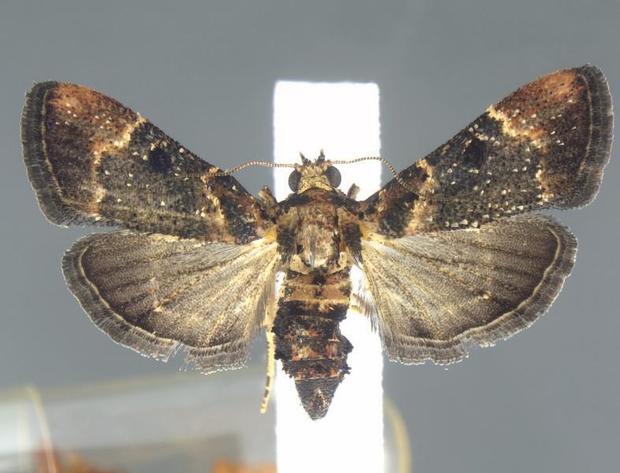‘Very flashy’ moth not seen since 1912 found in Detroit airport passenger’s luggage
Moth found in supply of medicinal tea

Your support helps us to tell the story
From reproductive rights to climate change to Big Tech, The Independent is on the ground when the story is developing. Whether it's investigating the financials of Elon Musk's pro-Trump PAC or producing our latest documentary, 'The A Word', which shines a light on the American women fighting for reproductive rights, we know how important it is to parse out the facts from the messaging.
At such a critical moment in US history, we need reporters on the ground. Your donation allows us to keep sending journalists to speak to both sides of the story.
The Independent is trusted by Americans across the entire political spectrum. And unlike many other quality news outlets, we choose not to lock Americans out of our reporting and analysis with paywalls. We believe quality journalism should be available to everyone, paid for by those who can afford it.
Your support makes all the difference.A rare moth not seen since 1912 was discovered in a passenger’s luggage at the Detroit airport, according to US Customers and Border Protection.
In September 2021, agricultural inspectors noticed intriguing holes in seed pods a passenger from the Philippines had brought to the US to use as medicinal tea.
Upon closer inspection, they were “apparent insect exit holes,” the agency said in a statement.
Officials found moths in the early larvae and pupae stage of physical development and collected them for analysis.
Eventually, the hatchlings grew into “very flashy” moths with raised black bristles and amber streaks on dark wings, but officials still weren’t able to identify them, so they were sent to the US Department of Agricultural.
There, alongside an insect expert from the Smithsonian Insitution, the bugs were ID’ed as Salma brachyscopalis Hampson months, which haven’t been seen in over a century.
The interception is the first time the larvae and pupae of the Hampson moth has been observed.
"Agriculture specialists play a vital role at our nation’s ports of entry by preventing the introduction of harmful exotic plant pests and foreign animal diseases into the United States," Port Director Robert Larkin said in the statement. "This discovery is a testament to their important mission of identifying foreign pests and protecting America’s natural resources."
The insects were later killed via steam sterilization, NBC reports.
Join our commenting forum
Join thought-provoking conversations, follow other Independent readers and see their replies
Comments